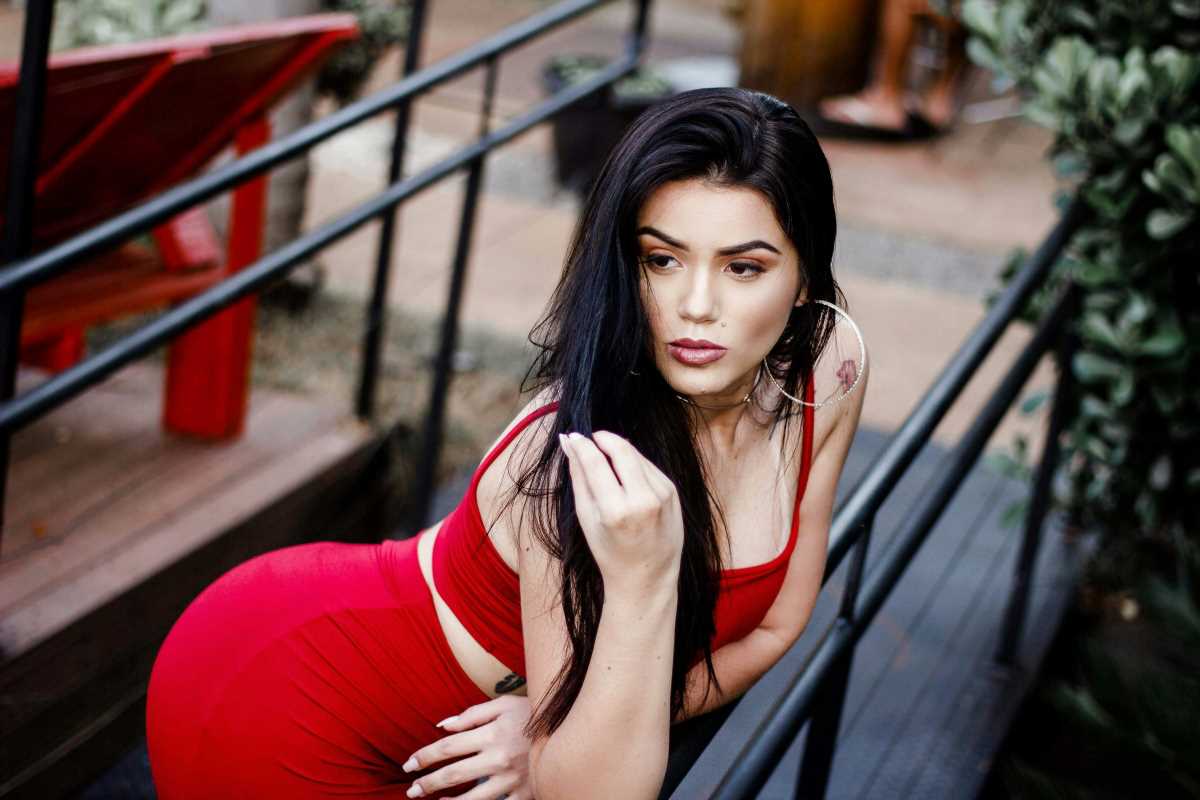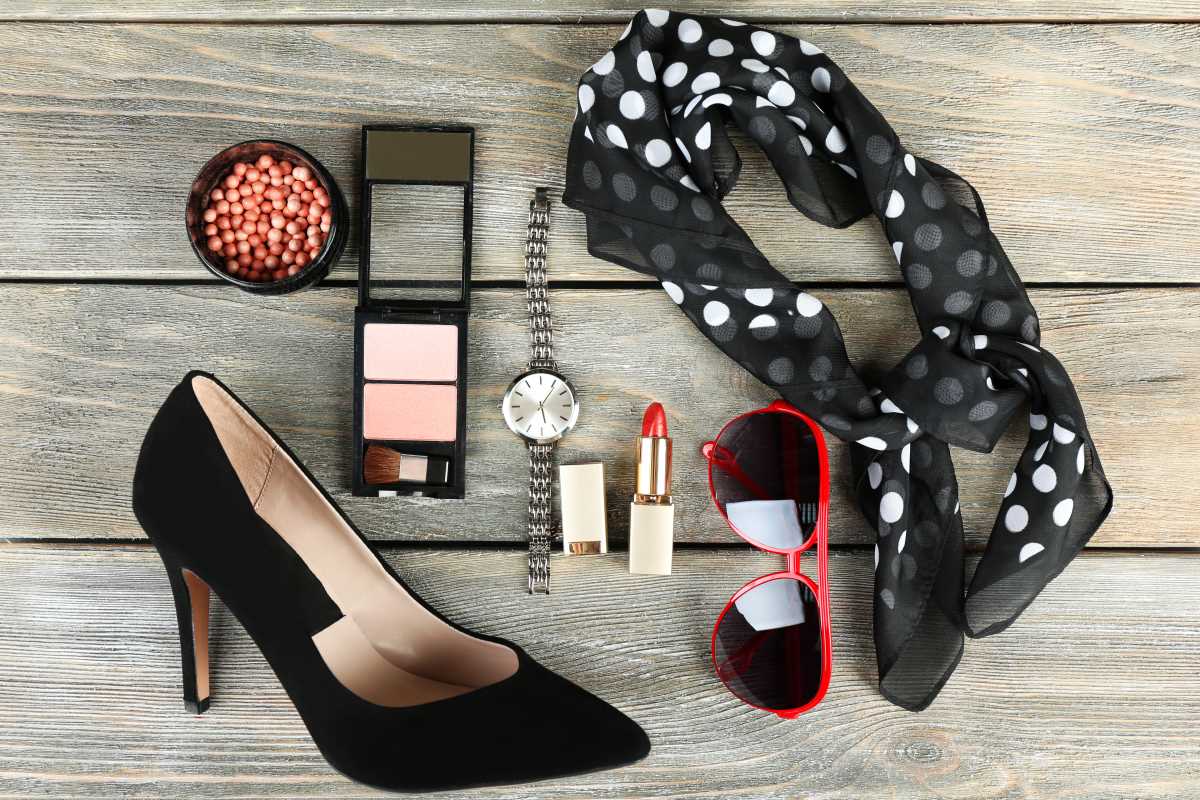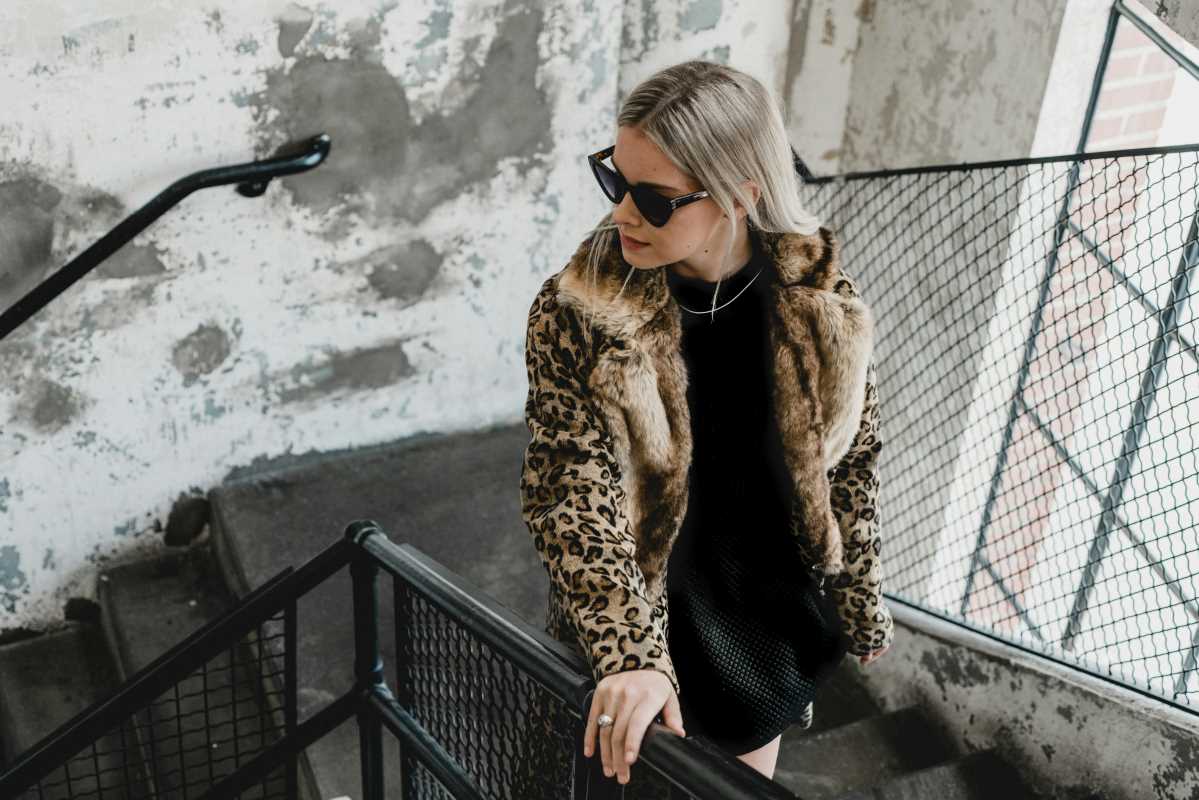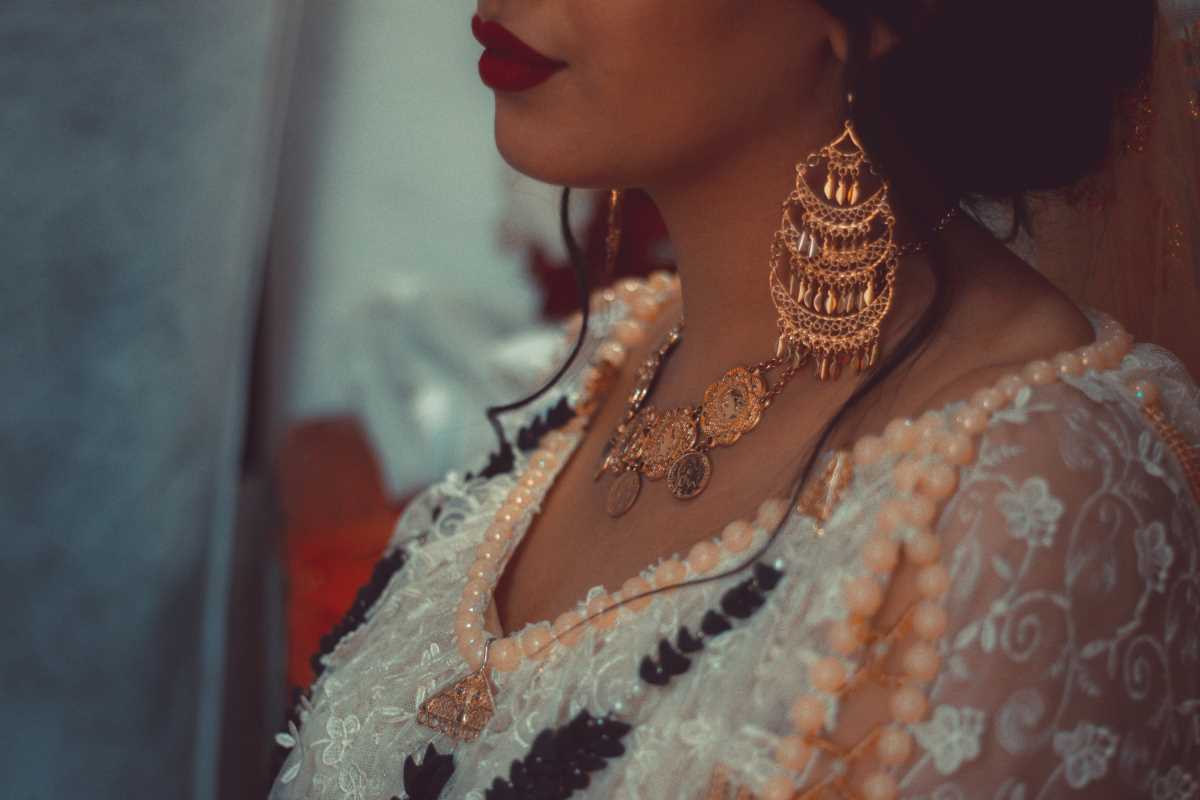Designer brands are often synonymous with luxury, status, and style, but are they always worth the hefty price tags? Not necessarily. While some labels deliver breathtaking quality and craftsmanship, others seem to rely more on hype than actual value. Paying a premium for a designer logo doesn’t always guarantee top-notch materials or innovative design. Understanding which brands are notoriously overpriced can save you a small fortune and steer you toward spending your money more wisely. Let's take a look at some high-end fashion houses with reputations for charging sky-high prices that don’t always align with what you’re getting.
Gucci
Gucci has long been a leader in the fashion world, but it often finds itself criticized for being overpriced. The Italian label knows how to create attention-grabbing pieces, but many argue that the quality doesn’t justify the price. A basic Gucci T-shirt can easily cost upwards of $500. Then, if you inspect the material, it’s often just standard-grade cotton featuring the iconic logo.
Gucci also heavily relies on branding to drive up its prices. Their signature GG monogram covers many of their most popular items, meaning you’re often paying for recognition rather than craftsmanship. Critics feel that Gucci has transitioned from a symbol of timeless elegance to a brand focused on trends, making certain items feel like fleeting status symbols.
Balenciaga
Balenciaga has taken the streetwear world by storm, but its prices have sparked plenty of debates. Known for pushing the boundaries of design, Balenciaga often creates polarizing collections that generate buzz, for better or worse. Take their infamous “IKEA bag,” which retailed for $2,145 and closely resembled the brand's own $0.99 shopping bags.
The brand’s Triple S sneakers, which start around $1,000, have also drawn criticism for their chunky and somewhat dated look. Many feel that the exaggerated designs overshadow the actual quality of the pieces. Balenciaga is undeniably creative and experimental, but its knack for turning irony into high fashion doesn’t always feel worth the splurge, particularly when alternatives with a similar aesthetic cost significantly less.
Supreme
Although it comes from streetwear rather than traditional high fashion, Supreme has achieved a legendary status in the luxury market. This is largely due to its limited drops and impressive resale value prices. The brand thrives on exclusivity, meaning fans often shell out hundreds or thousands of dollars for simple items like hoodies or skateboards adorned with their famed red box logo.
Critics argue that Supreme’s appeal is mainly driven by hype rather than quality. A plain white T-shirt made with everyday materials with the Supreme logo can cost $100 retail and even more on the resale market. Its collaborations keep it in the spotlight, but high prices seem unreasonable for basic items.
Louis Vuitton
Few brands rival the global recognition of Louis Vuitton, but its reputation for being overpriced is hard to ignore. The iconic monogram bags cost upwards of $2,000 and are often associated with luxury. Still, some argue they lack the exclusivity you would expect at such high price points. The ubiquity of Louis Vuitton bags has watered down their appeal for some fashion lovers, who feel the brand is more of a status symbol than a genuine mark of quality.
Another point of criticism is that much of Louis Vuitton’s production involves canvas, not leather. The coated canvas offers durability at a much lower production cost than real leather. However, when you're spending thousands on a Louis Vuitton handbag, you want something that is finely crafted...not canvas.
Off-White
Off-White, founded by the late Virgil Abloh, made a name for itself at the intersection of luxury and streetwear. The label’s signature quotation marks, zip ties, and diagonal stripes became instant trendsetters. Behind the bold designs lies a brand that’s consistently called out for its pricey, logo-heavy pieces.
A simple Off-White hoodie can cost upwards of $600, and more elaborate items like jackets and sneakers enter the four-figure range. Critics suggest that the hype surrounding Off-White often overshadows the practicality and longevity of its designs. The brand frequently leans into statement pieces that can feel dated once the trend cycle moves on.
Versace
Versace has always been about opulence, and it’s a label that wears its bold aesthetic loudly. There’s no denying that Versace has a distinct style. However, not everyone is convinced the price tags are warranted. A basic Versace T-shirt might set you back around $300 to $500, despite using materials that don’t particularly stand out compared to less expensive brands.
The criticism doesn’t end there. Versace footwear, jewelry, and accessories are often marked up significantly, partially because of the signature Medusa logo. Many customers feel you’re paying more for image and branding rather than true craftsmanship or superior materials. Over-the-top glamour is undeniably striking, but it’s worth questioning whether the price reflects the actual value of the product.
Dior
Dior holds an untouchable place in the haute couture world, but the prices aren't necessarily justified for ready-to-wear items. From handbags to sneakers, Dior products often cost thousands of dollars, relying heavily on their branding and heritage to demand such prices. Bags like the Dior Saddle, which start at $3,800, are iconic but leave critics questioning whether their cost matches their functionality or craftsmanship.
Footwear like the Dior B23 sneakers, priced at around $1,100, has also drawn comparisons to similar styles from other brands that sell for a fraction of the price. This leaves people feeling like the costs of Dior often surpass what feels reasonable, especially when factoring in the rapid pace of changing trends.
Fendi
Fendi enjoys a storied history in fashion, yet its prices make it another brand often labeled as overpriced. The brand’s logo-heavy designs drive much of its popularity and spark debate. The Fendi Baguette bag is iconic, but with prices starting at around $3,000, some critics feel the brand leans heavily on nostalgia to justify its expense.
Fendi’s ready-to-wear pieces, from jackets to dresses, also carry premium prices that don’t always seem rooted in their materials or construction. The label’s frequent focus on logos and monograms furthers the perception that you’re paying more for branding than actual quality.
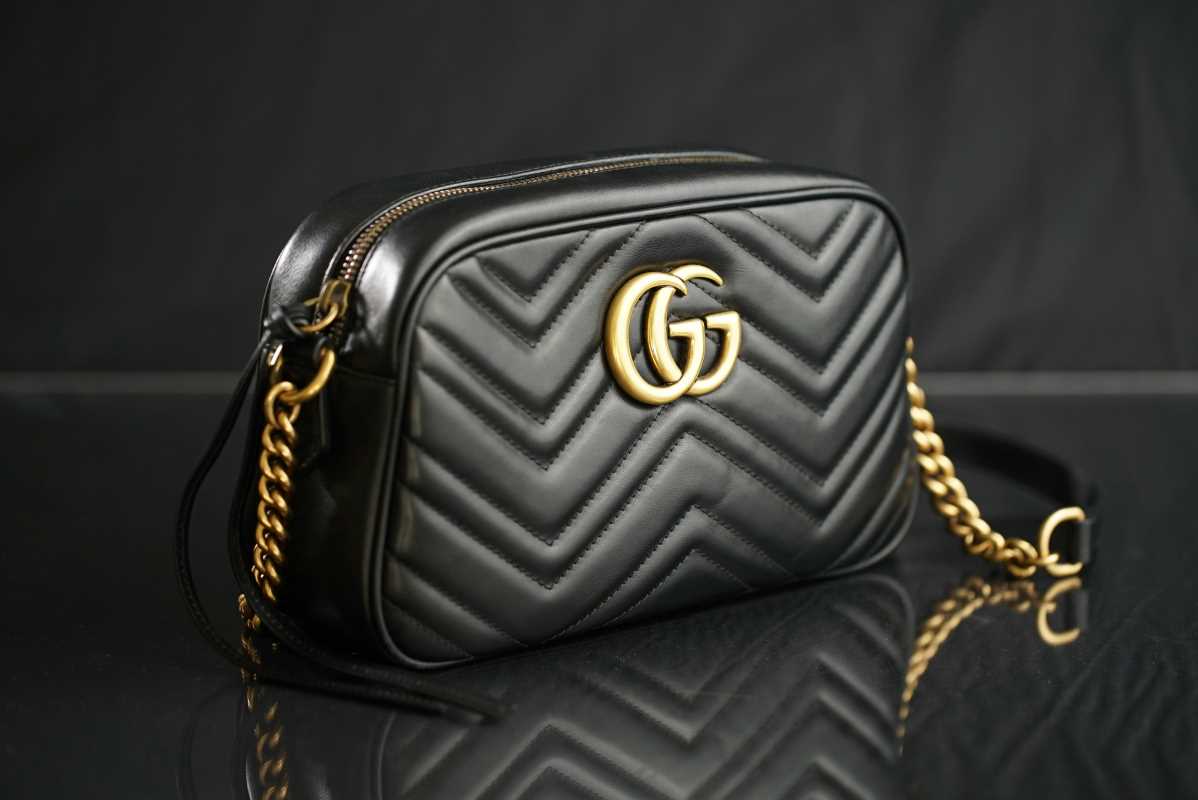 (Image via
(Image via
